Ford S-MAX Estate (2015-2023) running costs and reliability
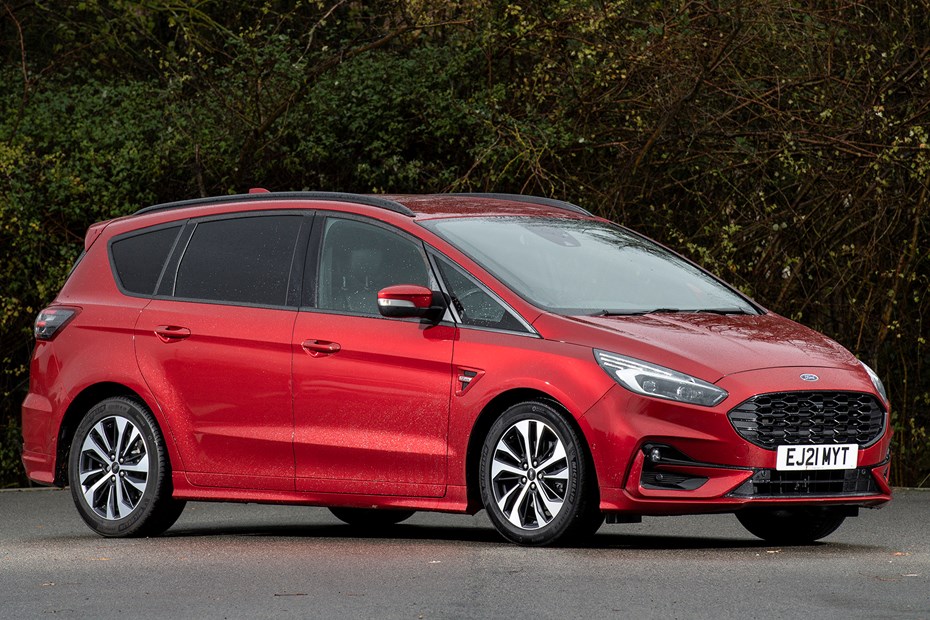
Miles per pound (mpp) ⓘ
| Petrol engines | 5.1 mpp |
|---|---|
| Diesel engines | 4.9 - 6.0 mpp |
| Hybrid petrol engines | 6.4 - 6.5 mpp |
Fuel economy ⓘ
| Petrol engines | 34.9 mpg |
|---|---|
| Diesel engines | 38.2 - 47.1 mpg |
| Hybrid petrol engines | 43.5 - 44.1 mpg |
- Hybrid model capable of excellent fuel conumption
- …as long as you drive it extremely gently
- Servicing costs are reasonable, though
If Ford S-Max running costs are your priority then you’ll need to temper your driving style. With the diesel models no longer on the price list, your only choice is the FHEV hybrid – a very capable model with 190hp and a large battery and motor to help you on your way.
According to official WLTP testing, the S-Max gets between 43.5-44.5mpg, and we were able to match this in real-world driving. However, that was by driving very gently in town and on low-speed A-roads. Take it on the motorway and try to make progress and this will drop to a less impressive 35mpg – not bad for a car of its size, but a long way behind the old diesels.
The CO2 emissions are 147-148/km, which is a good result for a petrol-powered car of this size, but will still land you with a hefty annual tax bill.
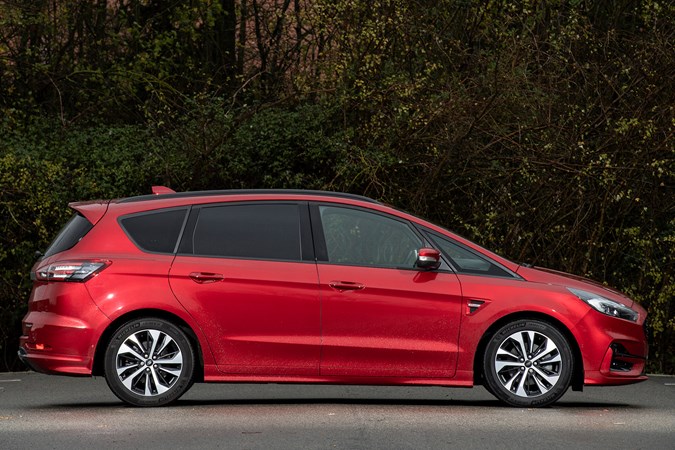
Servicing and warranty
There should be no unpleasant surprises when it comes to servicing and maintaining an S-Max, as Ford parts and labour costs are typically low. A number of service packages are also available from main dealers, which further help keep costs in check.
Warranty is three years and unlimited mileage, which you can extend to four or five years at an additional cost. Compared with up-to 10 years offered by rivals, Ford’s warranty is beginning to look a little bit mean.
Not only that, they only need servicing every two years or 18,500 miles – S-Max models require the same at 12,500 miles or every 12 months.
Reliability
- Just one official recall for the S-Max so far
- Uses proven engines found in several other cars
- Should be little to be concerned about
What lies underneath this car is effectively the Ford Mondeo, a car the firm has spent years perfecting, and so it stands to reason that Ford S-Max reliability should be impeccable. Certainly the range of engines are used elsewhere in the firm’s range and should prove capable of large mileages without issue.
And of course it’s designed to ferry multitudes of passengers around, so special attention has been paid to the wear attributes of the cabin. Everything will have been child-proofed too, and the interior fabrics feature a stain-resistant technology to keep it looking like new.
So far in the S-Max’s life, it’s been the subject of just one recall pertaining to the headlamps switching off on their own, but this will have been rectified on affected models.
Ongoing running costs
| Road tax | £165 - £620 |
|---|---|
| Insurance group | 16 - 34 |
Get an insurance quote with

|
|




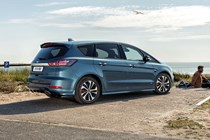
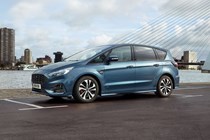


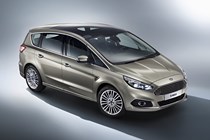
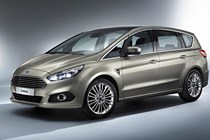
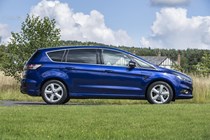
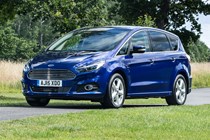
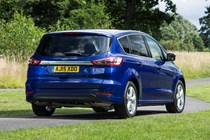
.jpg)
.jpg)
.jpg)
.jpg)
.jpg)
.jpg)
.jpg)
.jpg)
.jpg)
.jpg)
.jpg)
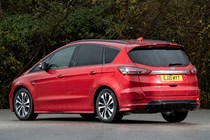

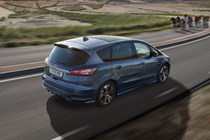
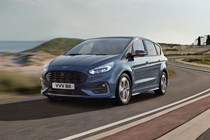
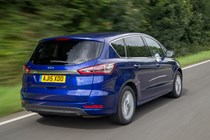
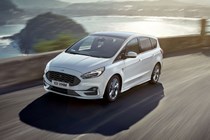
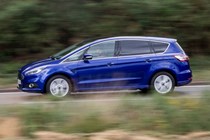
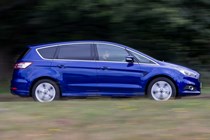
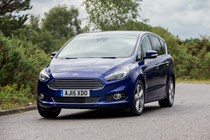
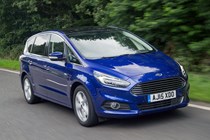
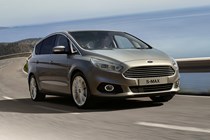
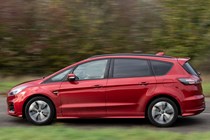
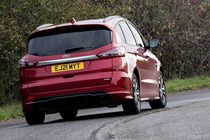
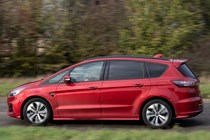


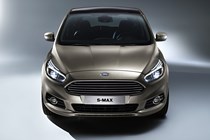
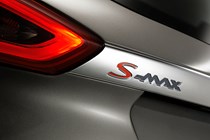
.jpg)
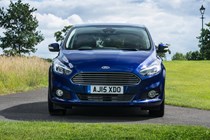
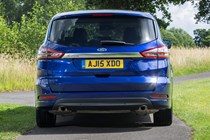
.jpg)
.jpg)
.jpg)
.jpg)
.jpg)
.jpg)
.jpg)
.jpg)
.jpg)
.jpg)
.jpg)
.jpg)
.jpg)
.jpg)
.jpg)
.jpg)
.jpg)
.jpg)
.jpg)
.jpg)
.jpg)
.jpg)


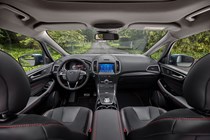
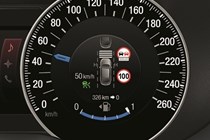

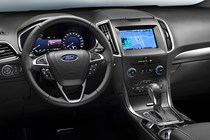

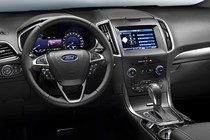


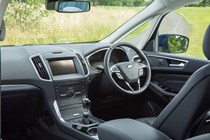

.jpg)
.jpg)
.jpg)
.jpg)
.jpg)
.jpg)
.jpg)
.jpg)
.jpg)
.jpg)
.jpg)
.jpg)
.jpg)
.jpg)
.jpg)
.jpg)
.jpg)
.jpg)
.jpg)
.jpg)
.jpg)
.jpg)
.jpg)
.jpg)
.jpg)
.jpg)
.jpg)
.jpg)
.jpg)
.jpg)
.jpg)
.jpg)
.jpg)
.jpg)
.jpg)
.jpg)
.jpg)
.jpg)
.jpg)
.jpg)
.jpg)
.jpg)
.jpg)
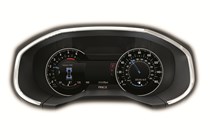


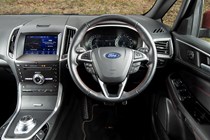
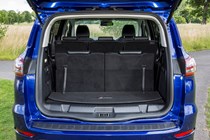
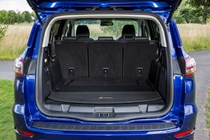
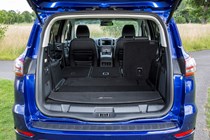
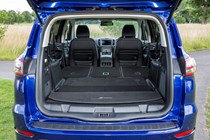
.jpg)
.jpg)
.jpg)
.jpg)
.jpg)
.jpg)
.jpg)
.jpg)
.jpg)

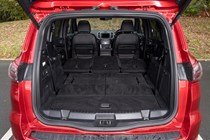
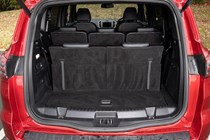
.jpg)
.jpg)
.jpg)
.jpg)











.jpg?quality=50)
.jpg?quality=50)
.jpg?quality=50)
.jpg?quality=50)
.jpg?quality=50)
.jpg?quality=50)
.jpg?quality=50)
.jpg?quality=50)
.jpg?quality=50)
.jpg?quality=50)
.jpg?quality=50)


















.jpg?quality=50)


.jpg?quality=50)
.jpg?quality=50)
.jpg?quality=50)
.jpg?quality=50)
.jpg?quality=50)
.jpg?quality=50)
.jpg?quality=50)
.jpg?quality=50)
.jpg?quality=50)
.jpg?quality=50)
.jpg?quality=50)
.jpg?quality=50)
.jpg?quality=50)
.jpg?quality=50)
.jpg?quality=50)
.jpg?quality=50)
.jpg?quality=50)
.jpg?quality=50)
.jpg?quality=50)
.jpg?quality=50)
.jpg?quality=50)
.jpg?quality=50)












.jpg?quality=50)
.jpg?quality=50)
.jpg?quality=50)
.jpg?quality=50)
.jpg?quality=50)
.jpg?quality=50)
.jpg?quality=50)
.jpg?quality=50)
.jpg?quality=50)
.jpg?quality=50)
.jpg?quality=50)
.jpg?quality=50)
.jpg?quality=50)
.jpg?quality=50)
.jpg?quality=50)
.jpg?quality=50)
.jpg?quality=50)
.jpg?quality=50)
.jpg?quality=50)
.jpg?quality=50)
.jpg?quality=50)
.jpg?quality=50)
.jpg?quality=50)
.jpg?quality=50)
.jpg?quality=50)
.jpg?quality=50)
.jpg?quality=50)
.jpg?quality=50)
.jpg?quality=50)
.jpg?quality=50)
.jpg?quality=50)
.jpg?quality=50)
.jpg?quality=50)
.jpg?quality=50)
.jpg?quality=50)
.jpg?quality=50)
.jpg?quality=50)
.jpg?quality=50)
.jpg?quality=50)
.jpg?quality=50)
.jpg?quality=50)
.jpg?quality=50)
.jpg?quality=50)








.jpg?quality=50)
.jpg?quality=50)
.jpg?quality=50)
.jpg?quality=50)
.jpg?quality=50)
.jpg?quality=50)
.jpg?quality=50)
.jpg?quality=50)
.jpg?quality=50)



.jpg?quality=50)
.jpg?quality=50)
.jpg?quality=50)
.jpg?quality=50)